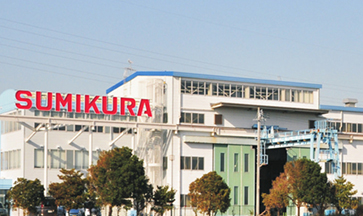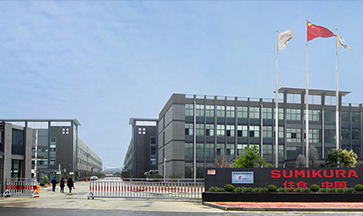In recent years, the manufacturing sector has experienced significant advancements in automation technologies, aimed at improving production efficiency and reducing costs. Among the most notable innovations is the growing adoption of blanking lines—machinery designed to efficiently cut, process, and produce a wide range of materials, from steel coils to non-ferrous metals. With increasing demand for precision, speed, and minimal waste, blanking lines have become a vital component of modern manufacturing plants.
A blanking line is a specialized system used in metalworking and manufacturing processes to cut large sheets or coils of material into smaller, uniform pieces known as blanks. These blanks are then used as the starting point for various industrial applications, such as the automotive, aerospace, and consumer goods industries. The blanking process involves unwinding metal coils, leveling them, and cutting them into specific shapes with high precision. The system's speed and efficiency make it an integral part of modern production lines.
According to recent industry reports, the global demand for blanking lines is surging, driven by the increased automation in industries like automotive, construction, and electronics. The need for high-quality, precise parts has skyrocketed, and companies are turning to blanking lines to meet these demands. According to a 2025 study by MarketsandMarkets, the global market for blanking lines is expected to grow by over 6% annually through 2030.
Automated Precision: One of the most significant benefits of blanking lines is their ability to produce parts with extreme precision and consistency. In industries such as automotive, where components must fit perfectly to ensure safety and performance, this precision is critical. The latest blanking lines integrate advanced AI and machine learning algorithms to further optimize cutting patterns, reducing material waste and improving overall efficiency.
Sustainability Efforts: With sustainability becoming a primary concern in manufacturing, blanking lines play a key role in reducing material waste. Their ability to cut metal sheets with minimal scrap has been a game changer for companies striving to meet environmental regulations and reduce operational costs. This sustainable approach not only lowers material costs but also minimizes the carbon footprint associated with production processes.
Integration with Industry 4.0: As factories continue to adopt Industry 4.0 principles, blanking lines are evolving to incorporate smart sensors and predictive maintenance capabilities. These smart systems can monitor machine performance in real time, predict potential failures, and schedule maintenance before breakdowns occur. This integration reduces downtime, enhances productivity, and extends the life of the equipment.
Customization and Versatility: Blanking lines are increasingly being designed with flexibility in mind. Modern systems can handle a variety of materials, from stainless steel to aluminum, and can be easily customized to produce parts for specific industries. This versatility is driving the adoption of blanking lines across a wide array of sectors, including energy, electronics, and food packaging.
The rise of blanking lines represents a significant shift in global manufacturing trends. As companies strive to meet growing demand for high-quality products at lower prices, the efficiency and scalability provided by blanking lines have become indispensable. Manufacturers that embrace these advanced systems are not only improving their bottom lines but are also better positioned to compete in an increasingly globalized marketplace.
Looking ahead, experts predict that blanking lines will continue to evolve, with even greater automation, enhanced artificial intelligence, and integration with other advanced manufacturing technologies. As industries continue to embrace digitalization and sustainability, blanking lines will remain a cornerstone of modern manufacturing, contributing to the industry's shift towards more efficient and eco-friendly production practices.
The blanking line sector is poised for substantial growth as it meets the demands of a rapidly changing global marketplace. By improving precision, reducing waste, and embracing smart technology, blanking lines are setting a new standard for manufacturing efficiency. For businesses looking to stay competitive, investing in these advanced systems will be a key factor in driving success in the years to come.

¡Sus especialistas en líneas de corte!
 Fábrica en Japón
Fábrica en Japón
DIRECCIÓN
487-3, Sanshincho, Chuoku, Hamamatsu, Shizuoka, Japón
 Mercado local de Japón :+81 53-425-5331
Mercado local de Japón :+81 53-425-5331
 Fábrica en China
Fábrica en China
DIRECCIÓN
265 Yixian Road, Deqing, Zhejiang, China
 Mercado extranjero :+86 572-883-2016
Mercado extranjero :+86 572-883-2016